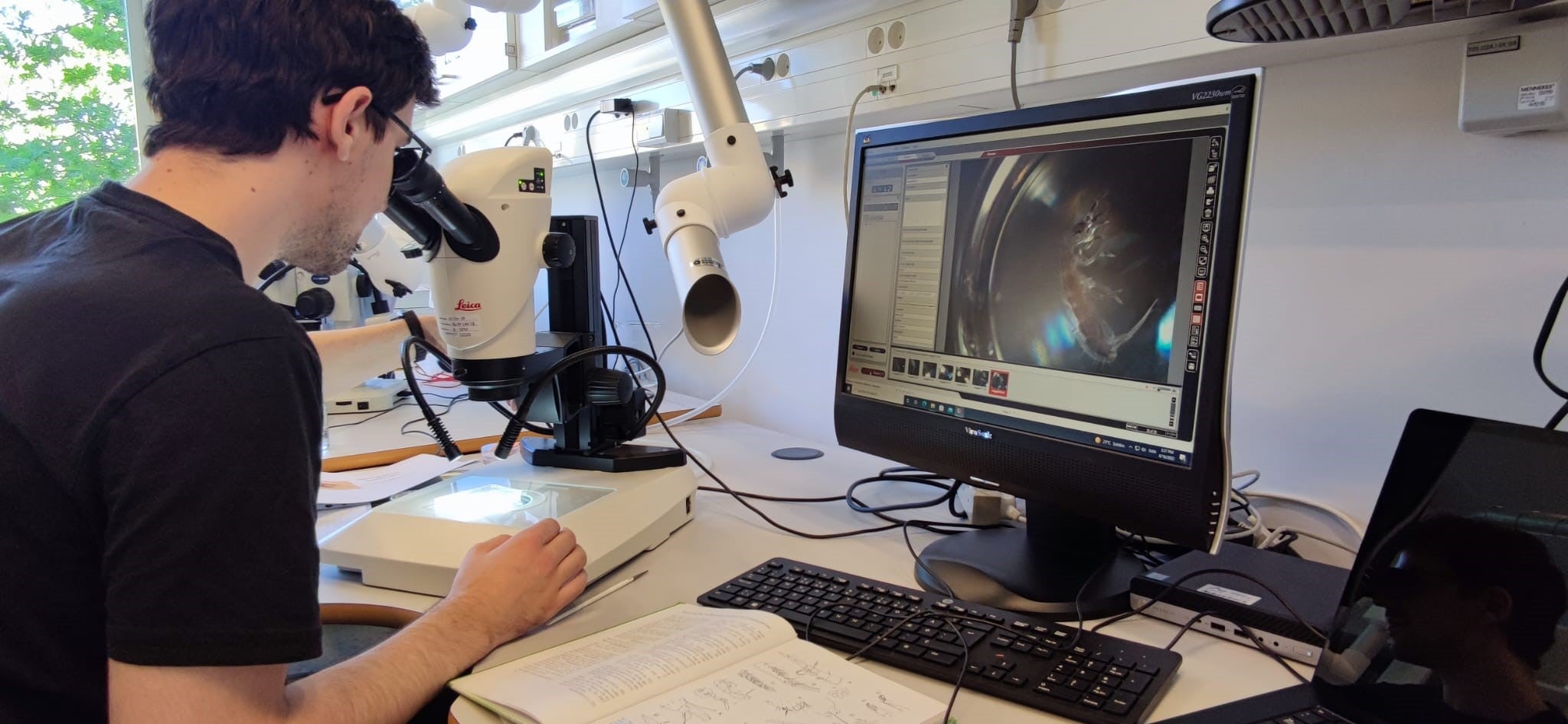Not all soil organisms respond to pesticides in the same way. This was demonstrated in research by environmental toxicologist Saul Fernandes, who studied ways to predict the effects of pesticides across different levels of biological organization. The insights from this study contribute to improving pesticide risk assessments and protecting soil ecosystems.
Micro-arthropods
Fernandes investigated the effects of pesticides on soil-dwelling micro-arthropods, particularly on springtails. These small, insect-like creatures play a crucial role in soil health. He discovered that some species of springtails are more tolerant, meaning they can survive and reproduce even when exposed to pesticides. Other species are much more sensitive and are negatively affected even at low concentrations. This difference in tolerance can be linked to the specific traits and habits of each species, such as where they are located in the soil. For instance, some species may be more exposed to certain types of pesticides depending on their position in the soil, while others are less exposed because they live deeper underground.
Effects from a Broader Perspective
This study is significant because current testing methods for assessing pesticide effects are mostly limited to a single springtail species and are conducted under highly controlled conditions that do not accurately reflect real-world field scenarios. A key part of the research was understanding how these effects vary across different scales—from individual responses in the laboratory to impacts on entire communities in the field. By examining these effects from a broader perspective, Fernandes aimed to improve pesticide risk assessments and the protection of soil ecosystems. Farmers, policymakers, and ecotoxicologists can use the results of this study to better understand how pesticides affect soil life, enabling more informed decisions about their use.
Combination of Laboratory Experiments and Field Studies
In the laboratory, Fernandes exposed springtails to pesticides to measure their survival and reproduction, thus determining their sensitivity at the molecular and individual levels. To simulate real-world conditions, he used model ecosystems where multiple species were exposed simultaneously, allowing him to study the effects in a more complex soil environment. Finally, he tested mixtures of pesticides in the field to assess their impact on springtails and mites under realistic conditions.
More information on the thesis
